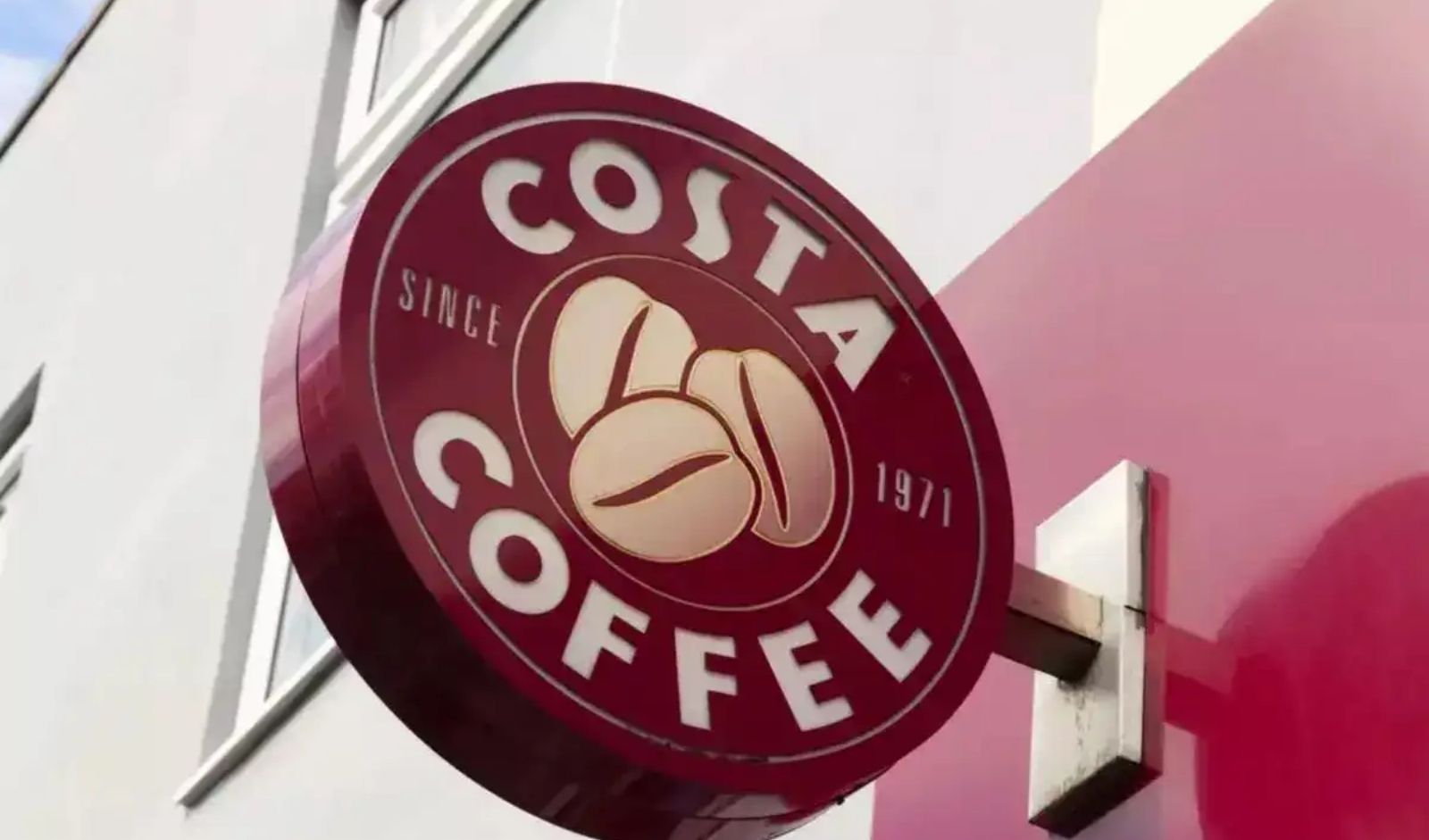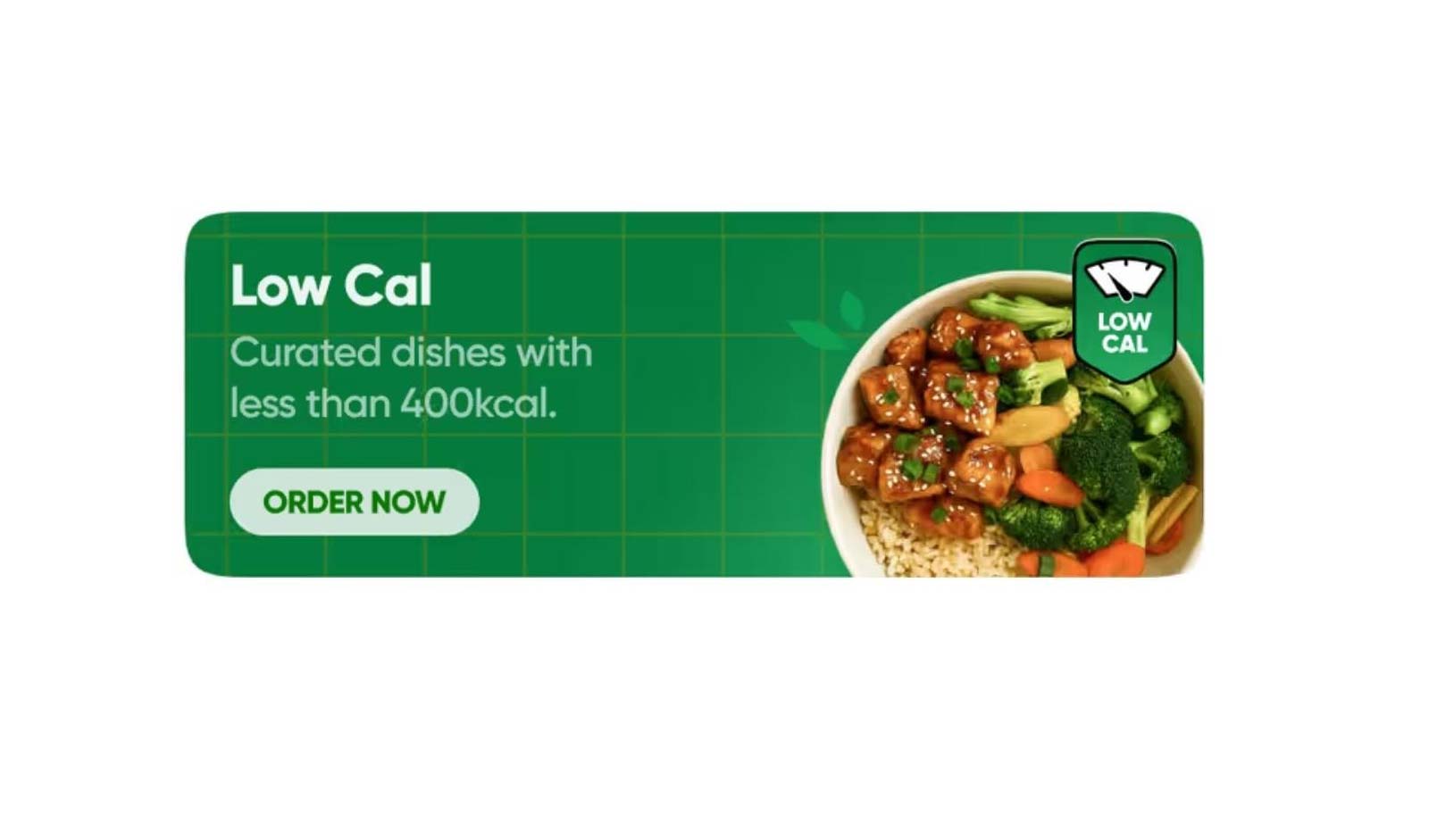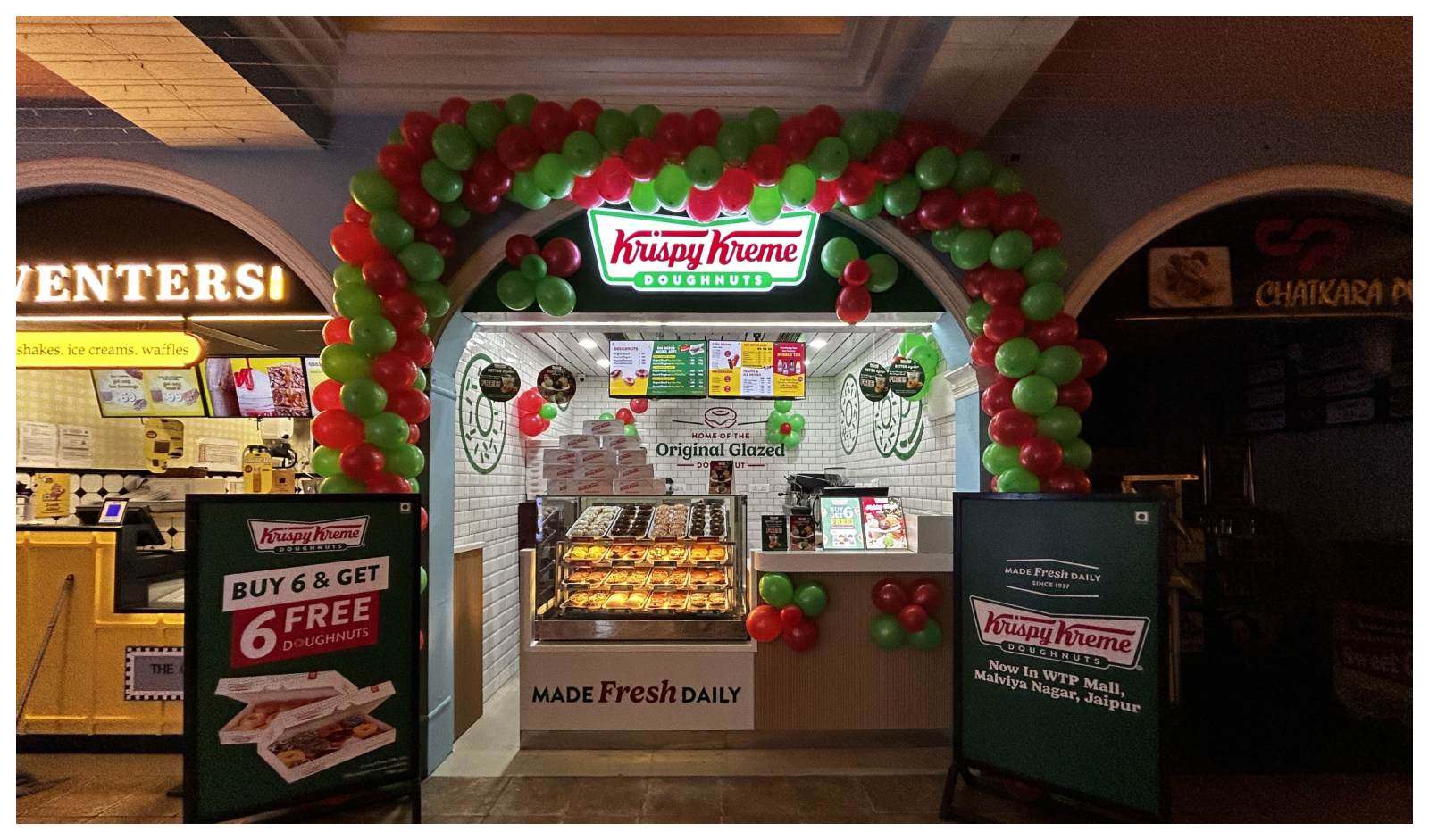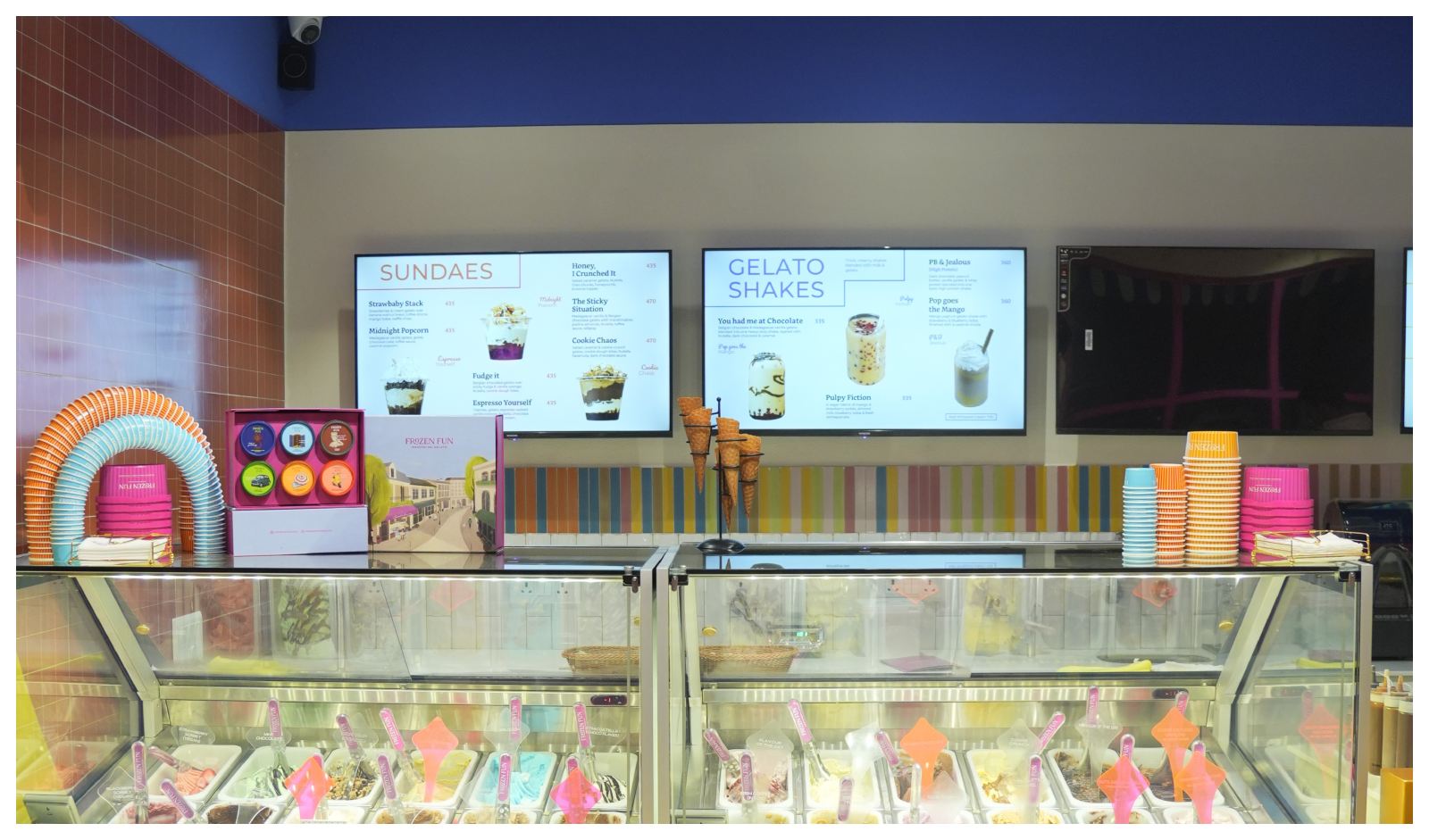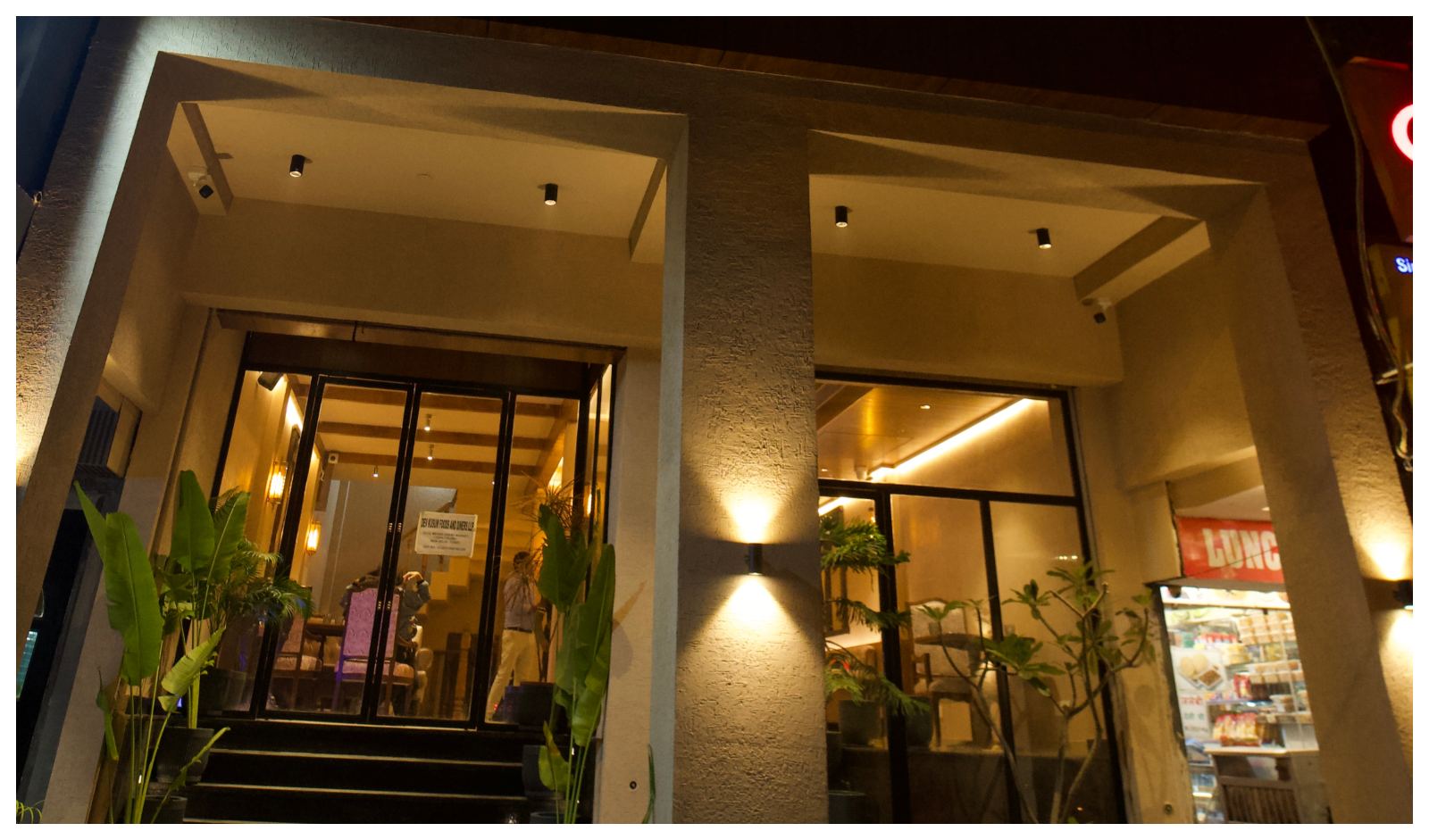
British coffee chain Costa Coffee recorded a 30.76 percent increase in its India revenue from operations, reaching Rs 198.5 crore in FY25. Its profit also rose 28.4 percent to Rs 149.7 crore, according to the latest annual report from its India franchise partner, Devyani International Ltd (DIL).
The growth was largely attributed to store expansion. The number of Costa Coffee outlets grew from 179 in FY24 to 220 in FY25. In comparison, revenue from operations was Rs 151.8 crore, and profit stood at Rs 116.6 crore for the year ended March 31, 2024.
However, the brand’s gross margin declined slightly to 75.4 percent from 76.8 percent a year earlier, largely due to rising costs of coffee beans and other inputs.
DIL noted, “The brand contribution margin came down from 17 percent to 16.1 percent, with average daily sales (ADS) per store declining from Rs 33,000 to Rs 27,000, translating into a reduction of same store sales growth (SSSG) from 8.7 percent to 4.1 percent during this period.”
Costa Coffee operates in India under a franchise agreement with DIL, a major player in the quick service restaurant (QSR) sector.
Earlier this year, in April, Costa Coffee’s Global CEO Philippe Schaillee, during his India visit, told PTI that India is on track to become one of the brand’s top five global markets. Currently, India is already among Costa’s top ten markets worldwide.
DIL confirmed that Costa Coffee plans to continue expanding aggressively in India, aiming to open 40–50 new outlets each year. The company considers India a high-potential market, driven by increasing demand for premium coffee among millennials and Gen Z consumers.
DIL also highlighted that the coffee market in India is growing at a rate of 10 to 12 percent — roughly double the pace of global markets. “India, which is among Costa’s top 10 markets globally, has the potential to get into the top five markets in five years, and Costa Coffee is just the sweetly aromatic spot to seize this strong opportunity,” the report stated.
DIL observed a notable cultural shift in India’s beverage preferences. Traditionally a tea-drinking country, India has seen growing numbers of coffee consumers, particularly younger generations influenced by Western work culture and lifestyles.
“At Costa Coffee, this has actuated a strong focus on expanding the brand’s presence in high footfall locations, such as airports and multiplexes,” DIL added.
In India’s competitive cafe segment, Costa Coffee faces international rivals like Starbucks, Tim Horton, McCafe, and Dunkin’, as well as domestic players including Cafe Coffee Day, Blue Tokai, Third Wave Coffee, and Barista.
Copyright © 2009 - 2025 Restaurant India.





